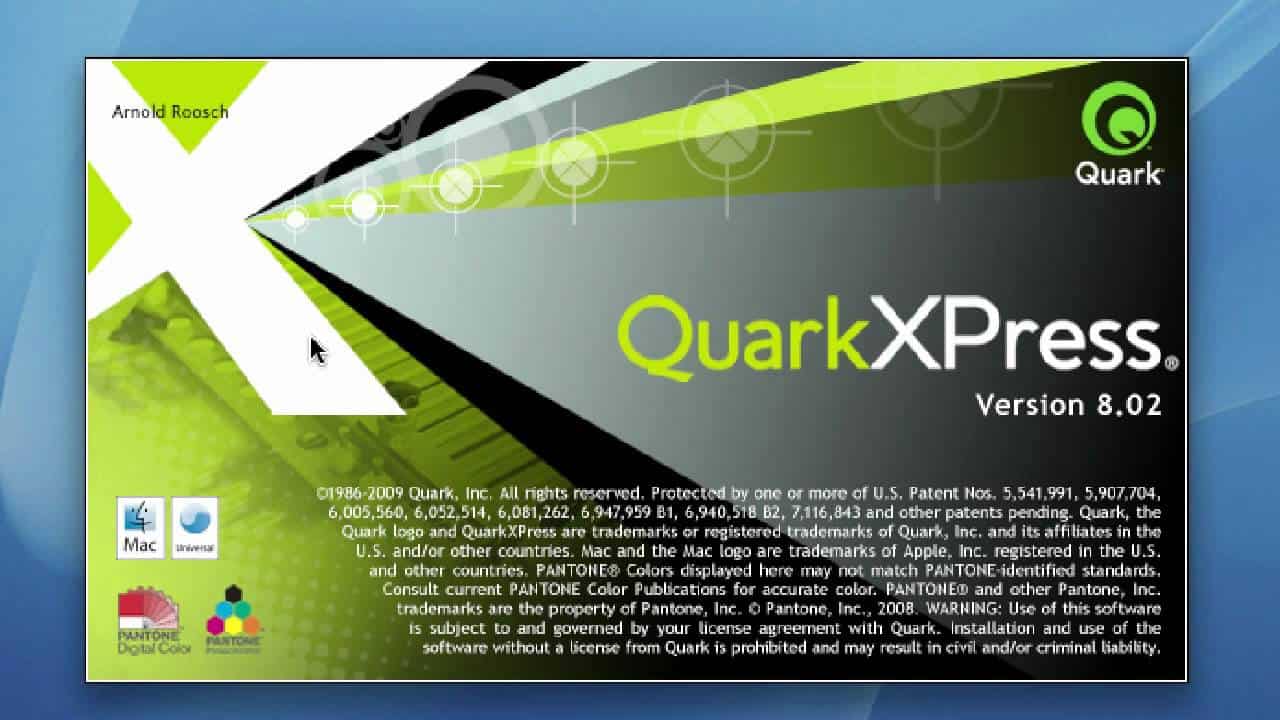
Encryption is disallowed in all PDF/X files compliant with versions other than PDF/X-1.įor more specifics on constraints for PDF/X in relation to the underlying PDF format, see Notes below.Colorspaces must be specified in a device-independent manner, using an OutputIntent and the colorspace definition (e.g., ICC profile) must be embedded.Boxes that specify the print and trim areas must be explicitly defined.Key constraints for blind exchange include: Some conformance levels are partial, assuming that the two parties share some information, for example an ICC color profile, through other means. Some PDF/X conformance levels are intended to support complete or "blind" exchange of graphics files with all required elements within a single file. The PDF/X specifications use the term "conformance level" to refer to such combinations. The PDF/X family of formats includes variants that combine both chronological versions and functional profiles. In addition, nothing may appear on a PDF/X page that is either not printable at all (such as video or 3D) or where print output is not fully defined (for example, if a font is not embedded)." For more specific and more technical principles and constraints for PDF/X from the same brochure, see Notes below.

PDF/X in a Nutshell, a brochure published by the PDF Association in 2017, stated, "One principle of PDF/X is that conforming files must be complete, i.e.

PDF/X restricts the content in a PDF document, prohibiting elements that do not directly serve the purpose of high-quality print production output, such as annotations, scripting actions, and embedded multimedia. The PDF/X standards are now developed and maintained by a working group with representatives primarily from the printing industry and with active support from Adobe Systems Incorporated. This was the first ISO standard based on Adobe's PDF format. In 2001, a very similar specification, but based on PDF 1.3, was published as an international standard, ISO 15930-1. The first version of PDF/X was published in 1999 as an American National Standard and was based on PDF Version 1.2. The aim for service providers and publishers is to receive robust digital content files that they can be confident will run through prepress without requiring rework or causing errors and will allow them to meet (or exceed) customer expectations on press." According to the 2003 PDF/X FAQ by Martin Bailey, "The aim for designers is to provide a digital content file that they can be confident will be printed predictably and correctly by the service provider, whether it’s a commercial print job printed on one site, or a magazine ad placed in many publications and printed across the world. PDF/X is a family of ISO standards for constrained forms of the PDF_family of format specifications, designed for prepress digital data exchange.

Graphic technology - Prepress digital data exchange using PDF


 0 kommentar(er)
0 kommentar(er)
